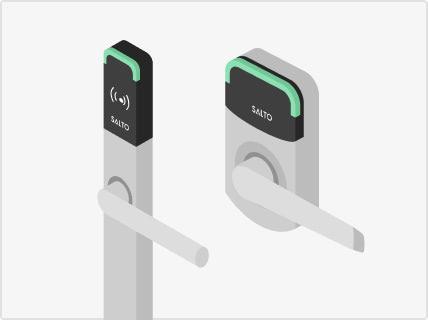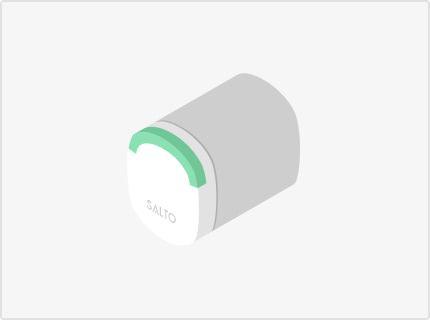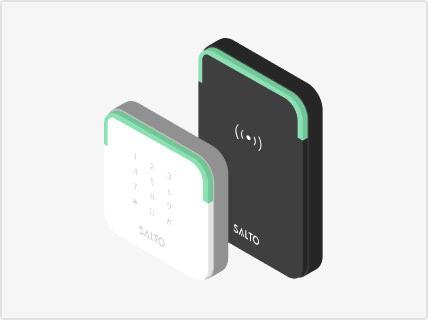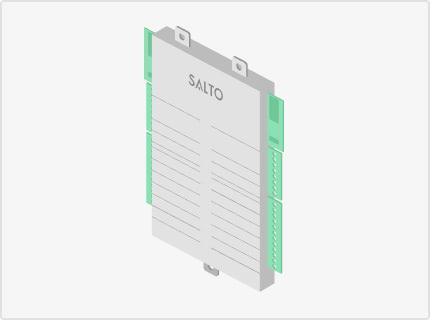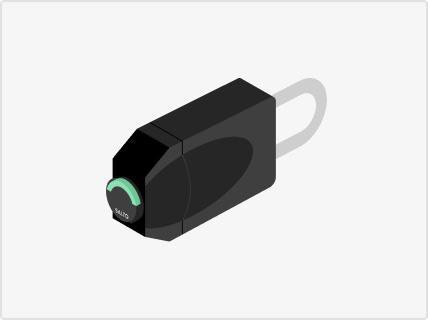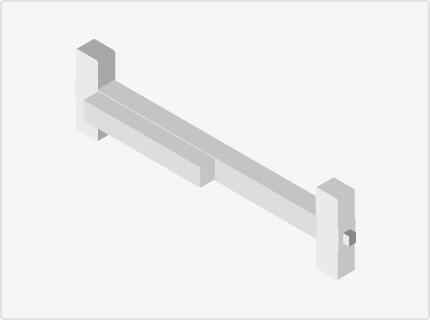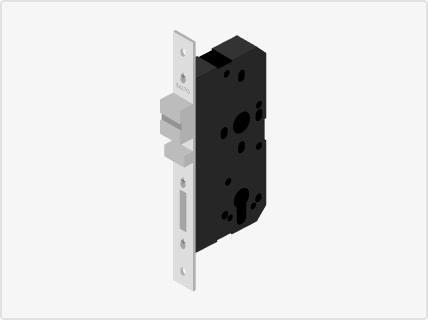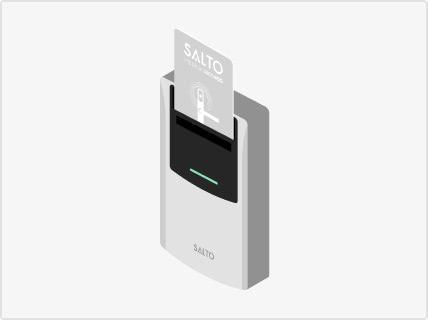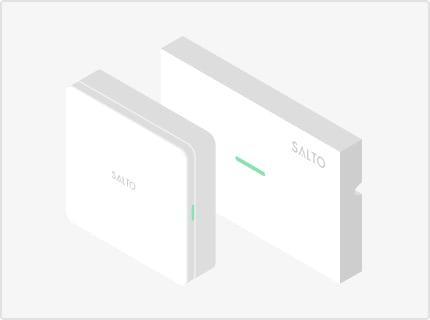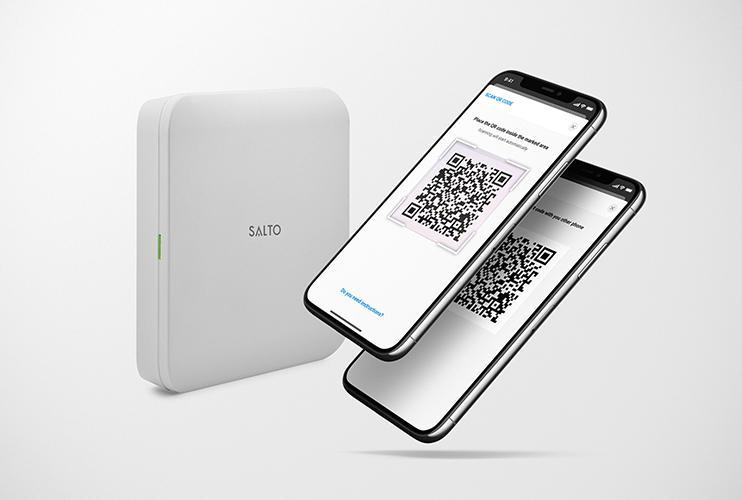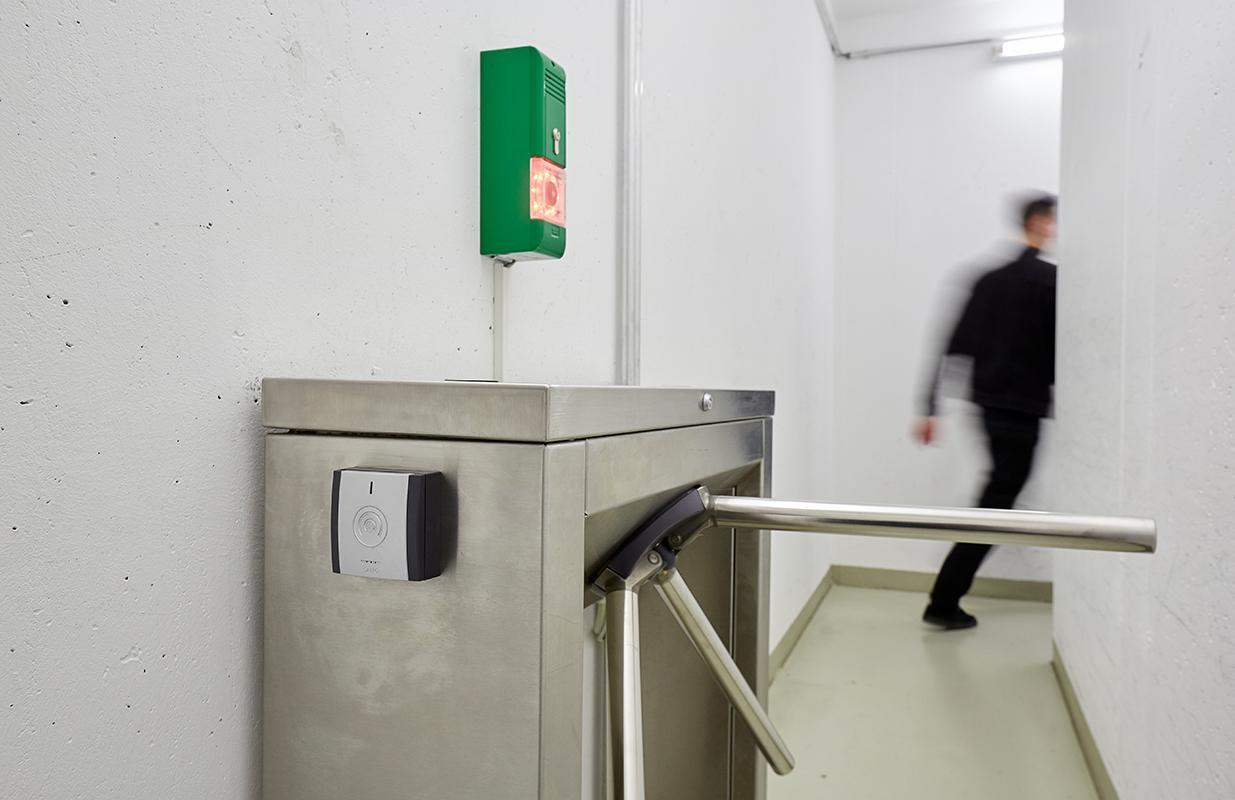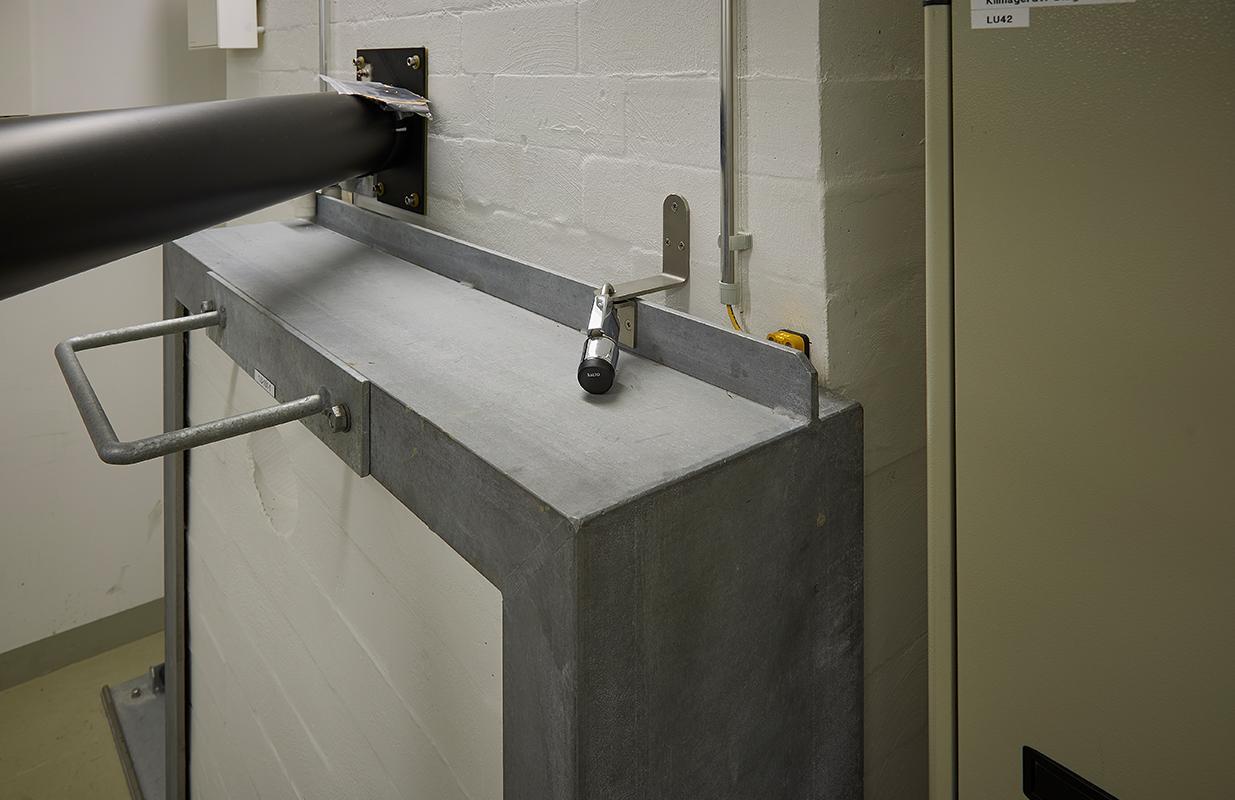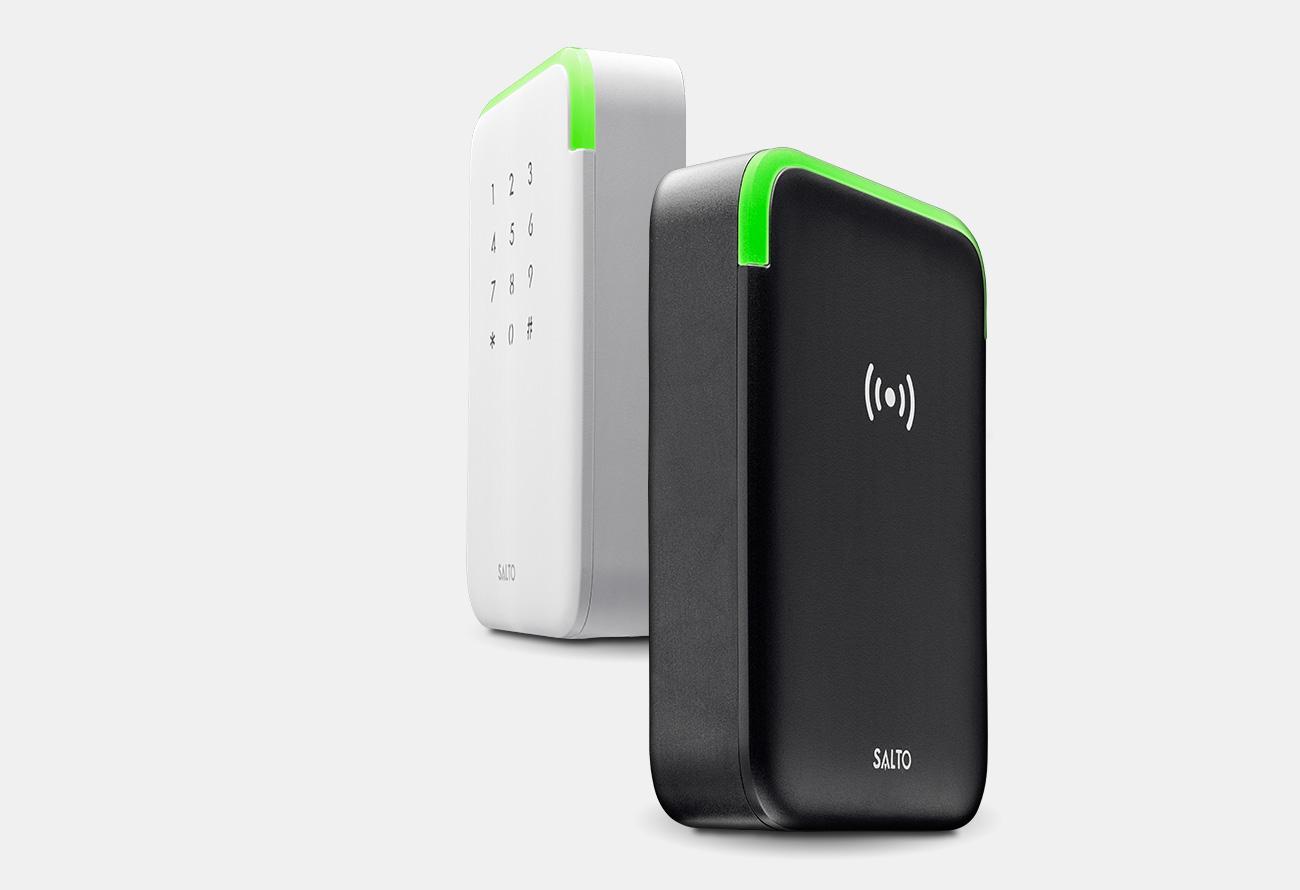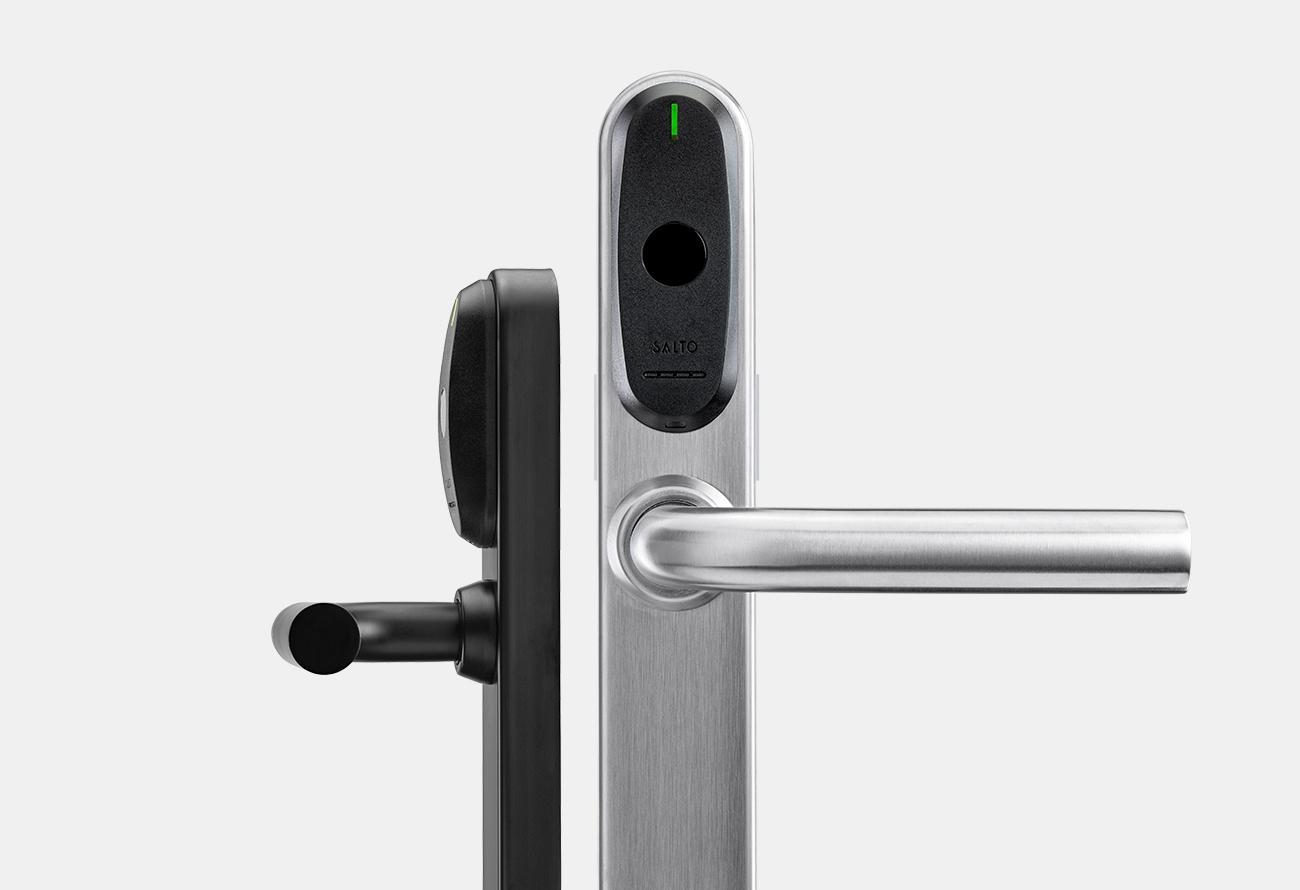Max Planck Institute for Plasma Physics (IPP)
Vị trí: Greifswald - Germany
Loại dự án: Bussiness Các trường đại học và khu học xá
Viện Max Planck về Vật lý Plasma (IPP) ở Greifswald đang nghiên cứu những kiến thức cơ bản về một nhà máy điện nhiệt hạch. Với mục đích này, một cơ sở nhiệt hạch đã được xây dựng bằng Wendelstein 7-X, tạo ra plasma 100 triệu độ C từ hydro được bao bọc trong một lồng từ trường. Trong số những thứ khác, cấu hình tối ưu của từ trường cho một nhà máy điện nhiệt hạch trong tương lai sẽ được nghiên cứu.
Figures
- 600 điểm truy cập
-
The IPP had to implement a new access control concept and procure a new locking system for it. In the course of this, those responsible also thought about the long-term costs and administration. In particular, the focus was on being able to manage access rights uniformly and to obtain a future-proof system. In addition, the loss of keys should no longer be a problem. These goals could only be achieved with an electronic solution. As a result, functional specifications were drawn up in which the most important requirements were recorded: These included data-on-card technology to save on wiring the interior doors, integration into the central security control system for dynamic changes of access rights depending on the experiment status, and the definition of access groups, interfaces and necessary signals for third-party systems.
-
The Max Planck Institute for Plasma Physics (IPP) in Greifswald uses a complex electronic access control system from SALTO, which not only protects the office area, but also the experimental and assembly areas of the nuclear fusion plant. This is a combined online and virtual networked system that also supports the organisational measures for personal security. Decisive criteria for the choice of SALTO were the smoothly functioning system, the possibility of real-time monitoring of selected areas, the failure safety of the battery-operated door components and the good handling of the entire solution.
In total, the IPP in Greifswald uses SALTO's electronic access control solution at over 600 access points. These include XS4 Original escutcheons, both in the narrow version and in the DIN version on fire doors. SALTO GEO electronic cylinders are installed in the office area: Half and standard cylinders on the office doors and double cylinders on the connecting doors between the offices, as well as VdS-certified cylinders in special areas. In addition, electronic SALTO GEO padlocks secure the rolling concrete walls called 'castles' through which various diagnostics look out onto the Wendelstein 7-X fusion experiment. SALTO online wall readers, some with anti-passback and area change control functions, are used for barrier and turnstile control at the road access, at the turnstiles in the entrance area and at all access points to the experiment and assembly areas.
Access management is carried out centrally using SALTO's ProAccess Space management software. The assignment to the individual access groups is also carried out by the respective departments via the client function "Partitions".
Các lợi ích chính
- Good usability of the entire solution
- Integration with the central security control system for dynamic and automated changes of access rights depending on the experiment status
- Real-time access management at selected access points
- Decentralised management of access rights via client function (partitions)


